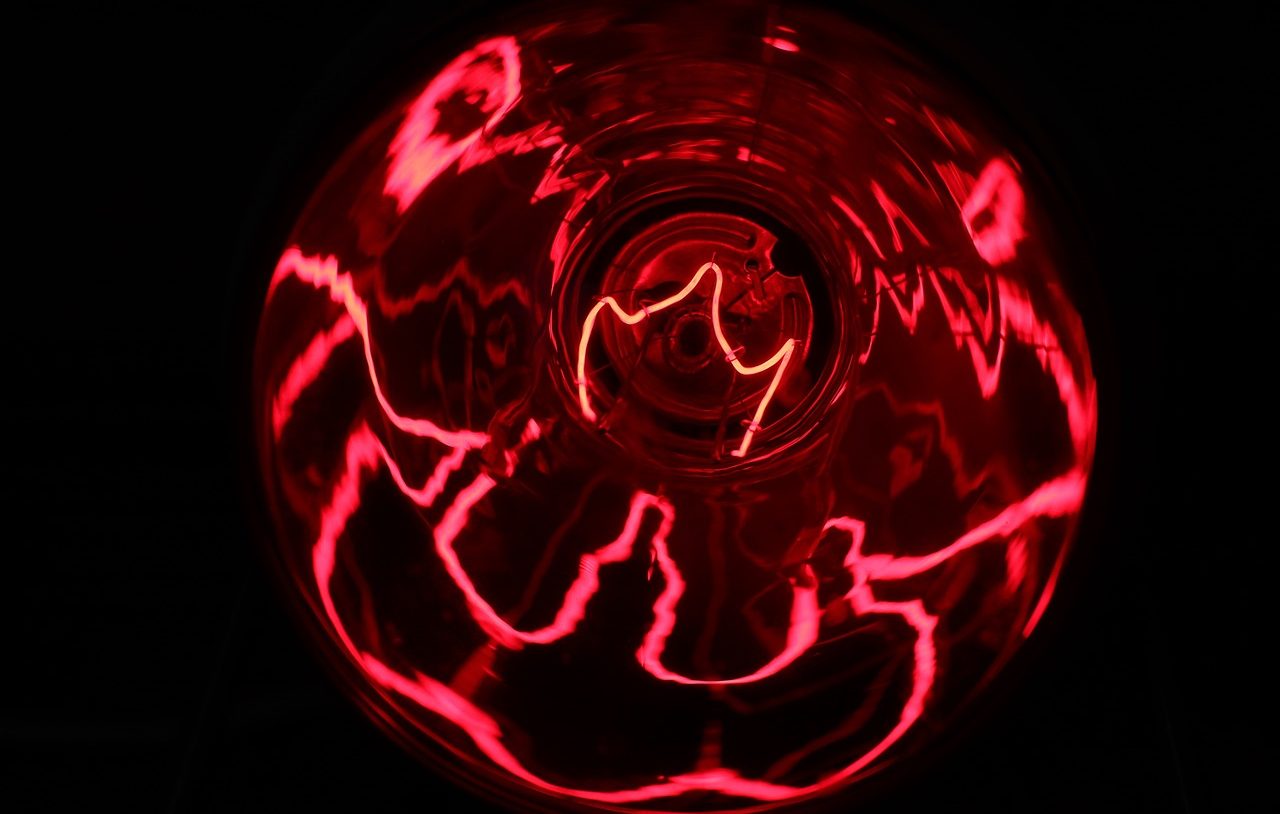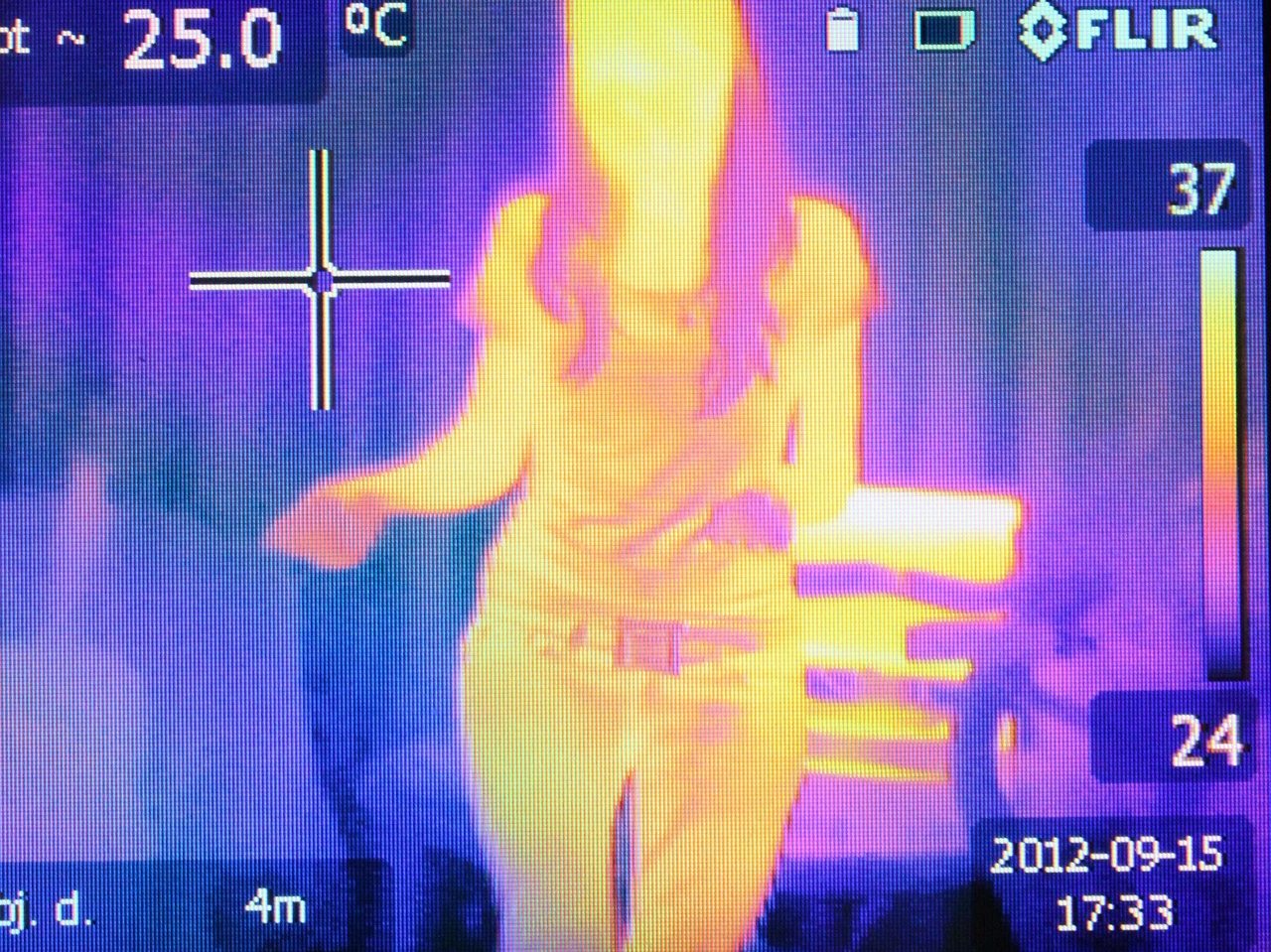
The wavelength of infrared radiation exceeds what human vision is capable of registering and seeing.
Infrared radiation (IR) is the name given to a type of electromagnetic radiation that is impossible for the human eye to detect. It should be noted that the wavelength of infrared radiation is shorter compared to microwave waves but is longer compared to that associated with visible light .
Any body that has a temperature higher than 0 degrees Kelvin has the capacity to emit infrared radiation , experts on the subject maintain. Both the emission and absorption of this type of radiation occur when the rotational-vibrational movements of the molecules vary. Using infrared spectroscopy it is possible to inspect how photons are absorbed or transmitted within the infrared range.
Given the importance of infrared radiation on a universal scale and its wide and diverse field of applications , below we will review its history , highlight its particularities and mention where and how it is used in practice .
Discovery of infrared radiation
Infrared radiation was detected by William Herschel in the 1800s . This astronomer who also trained in the art of music wanted to determine, using a glass prism and a mercury thermometer , the heat generated by each of the colors . He thus observed that the heat was more intense on the reddish side, where no light was detected, being an invisible transmission of heat, a radiation that the scientist defined as a heat ray .
Around 1878 , at the urging of an inventor, physicist and astronomer named Samuel Pierpont Langley , the bolometer was born. This instrument of immense sensitivity, which marked the emergence of IR detector equipment, has been used to analyze the sun's own infrared radiation but was also tested with other elements. With it, new lines of absorption, both atomic and molecular, have been found within the infrared zone that is seen in the electromagnetic spectrum .
It is constructive to know that, from that time onward, there were inventions, technological advances and discoveries that contributed to learning more about infrared radiation and appreciating it more accurately. The device known as a thermopile , the technique called thermography , the development of infrared telescopes and the consolidation of the field of study identified as infrared astronomy are part of the achievements that favored the analysis of infrared radiation .

The thermal image obtained by infrared thermography makes it possible to remotely measure the temperature of the body being evaluated.
Characteristics
Thermal radiation , as infrared radiation is sometimes called, can spread through a vacuum and be emitted by an object at all types of wavelengths .
To understand infrared radiation in more detail, it is also essential to understand what it consists of and what emissivity implies. This property is based on the deflection of thermal emissions from a surface with respect to a black body . That is, a pair of elements, if they differ in terms of emissivity , do not provide an identical infrared image. When the emissivity is not perfect, the analyzed object shows properties of either transparency or reflectivity .
Examples of infrared radiation
The particularities of infrared radiation are revealed when analyzing numerous phenomena and issues even in everyday life.
Through scientific research it has been possible to find out, for example, that mosquitoes locate their victims (human beings) given that they have the ability to detect the infrared radiation emitted by our organisms.
In recent years, in addition, a modern heat generating system based on infrared heating has been manufactured and marketed. It is a mechanism designed to imitate the process that occurs in the sun so that it manages to heat the Earth's surface.
In physiotherapy , on the other hand, the so-called infrared light therapy has been used with the aim of increasing the surface temperature of the body area that is being rehabilitated or treated, achieving good results in terms of relieving pain and reducing inflammation in affected areas.

The infrared remote control is characterized by sending commands in the form of an infrared light signal.
Applications
Infrared radiation has applications in the field of medicine , the commercial sector , the scientific field , the industrial field and the military environment .
For years they have existed and been used for different purposes, specifically, thermal cameras (also known as infrared cameras ). These devices are ideal for observing the state and behavior of specimens of fauna in their natural habitat at night, for anti-terrorism actions or strategies, surveillance and daily security on public roads, etc.
Infrared thermometers have been used, especially during the pandemic , to guarantee measurement or control of body temperature without the need to come into contact or touch the organism being evaluated.
Infrared sensors , meanwhile, in many places are part of the resources used to detect forest fires , just as NASA experts have been examining the universe for decades thanks to space telescopes sensitive to the infrared spectrum . IRAS was the name given to the first of the infrared telescopes that were launched into Earth's orbit. Through its operation, interesting data on the evolution of galaxies , dark energy , the movement of asteroids , etc. could be collected.
